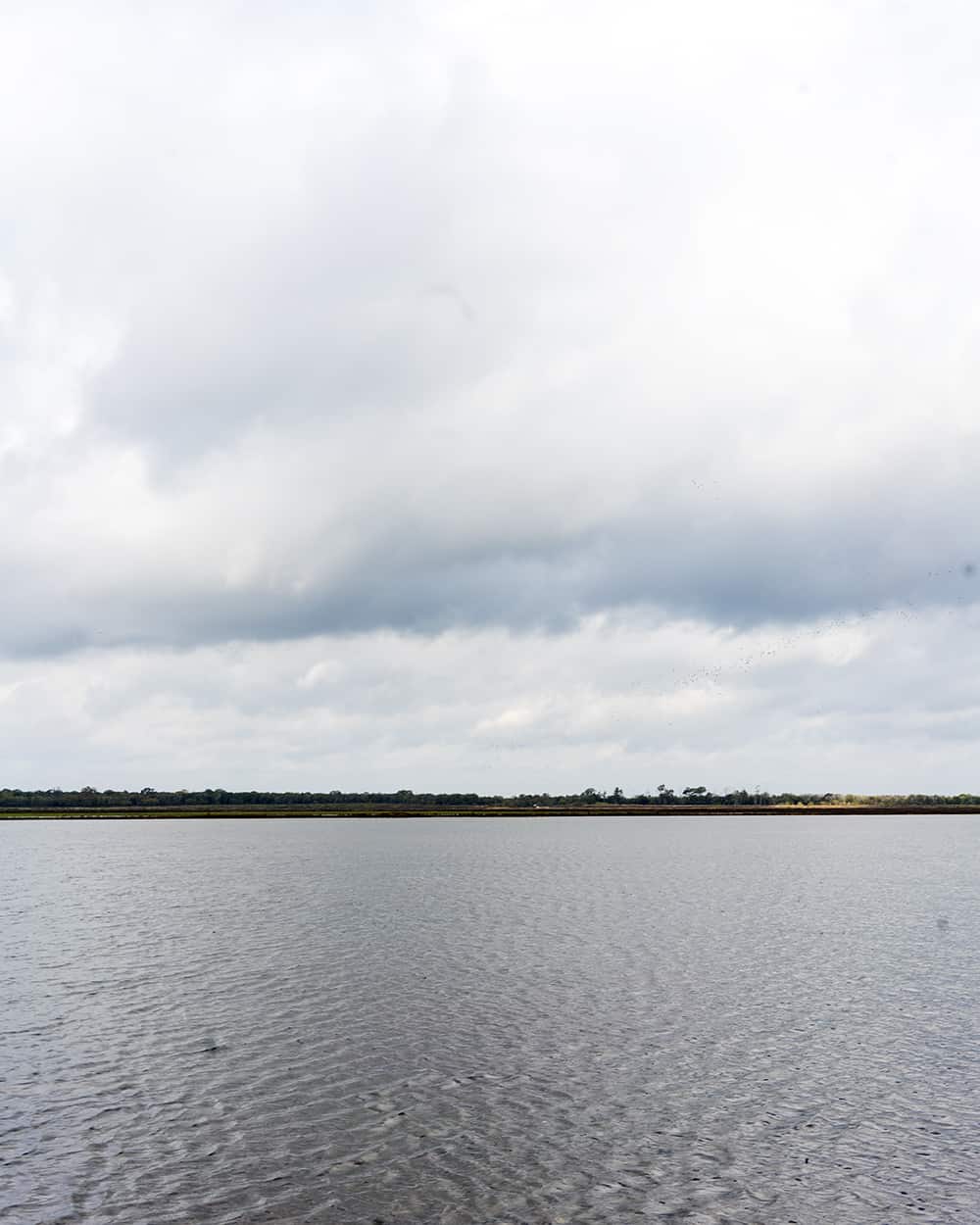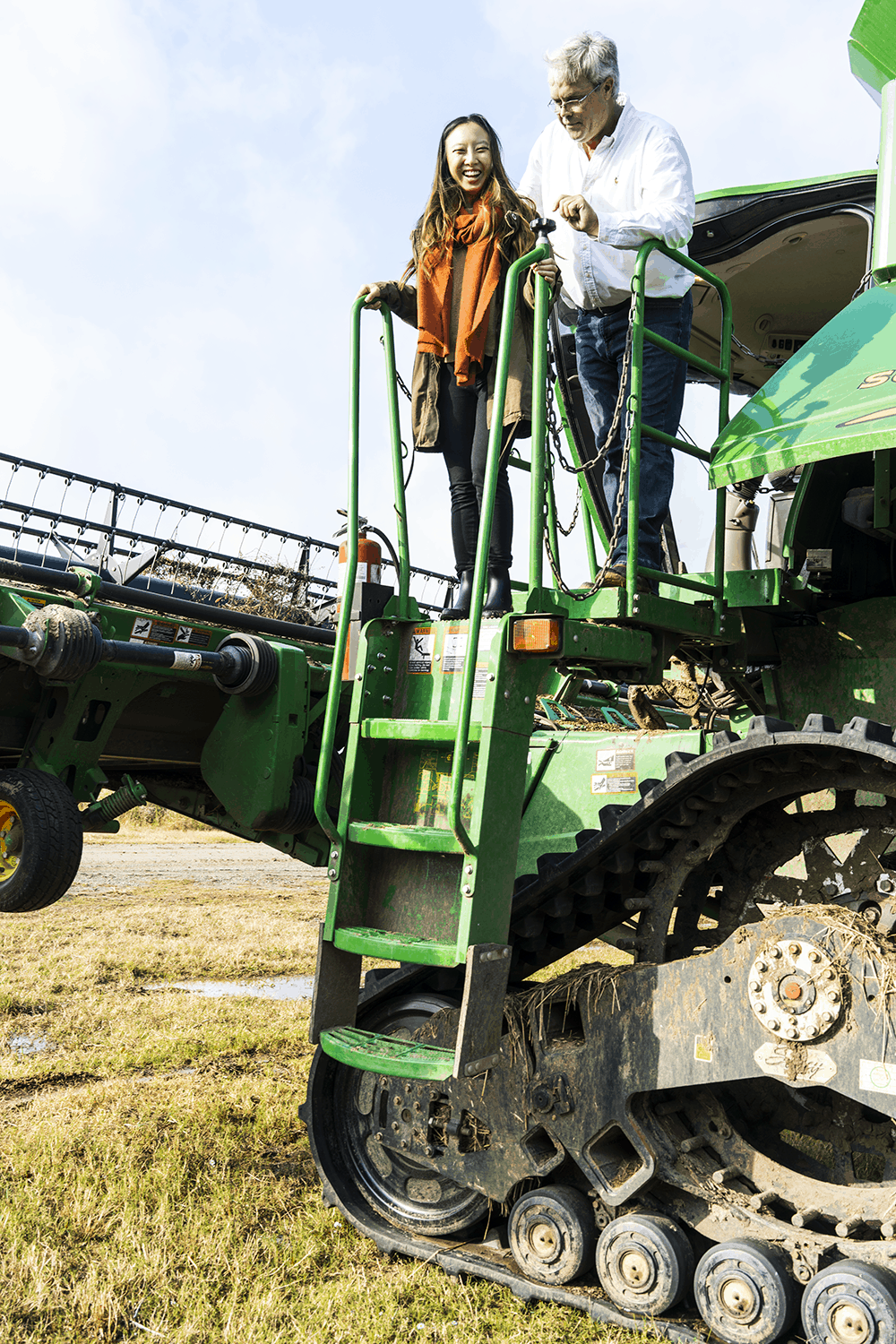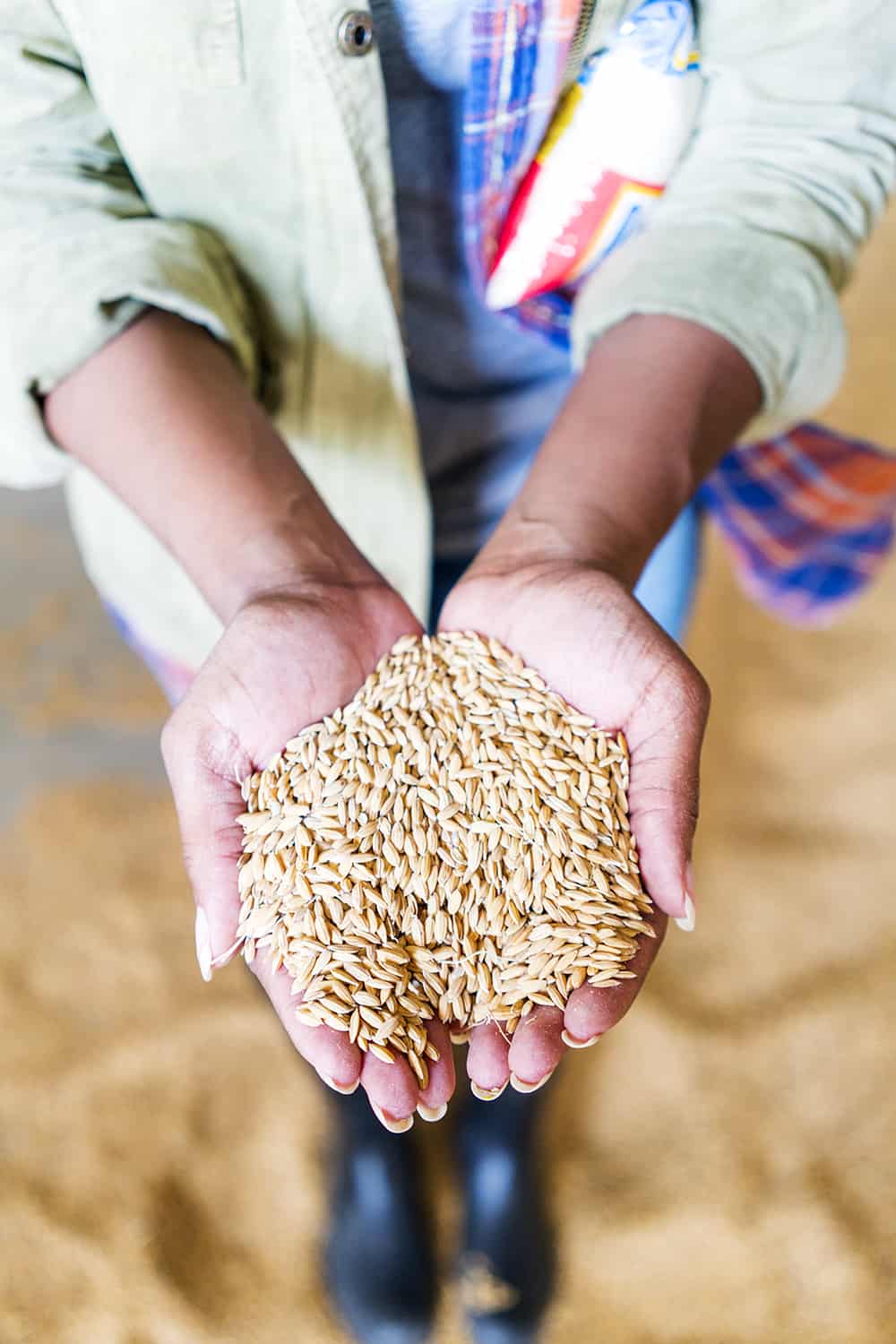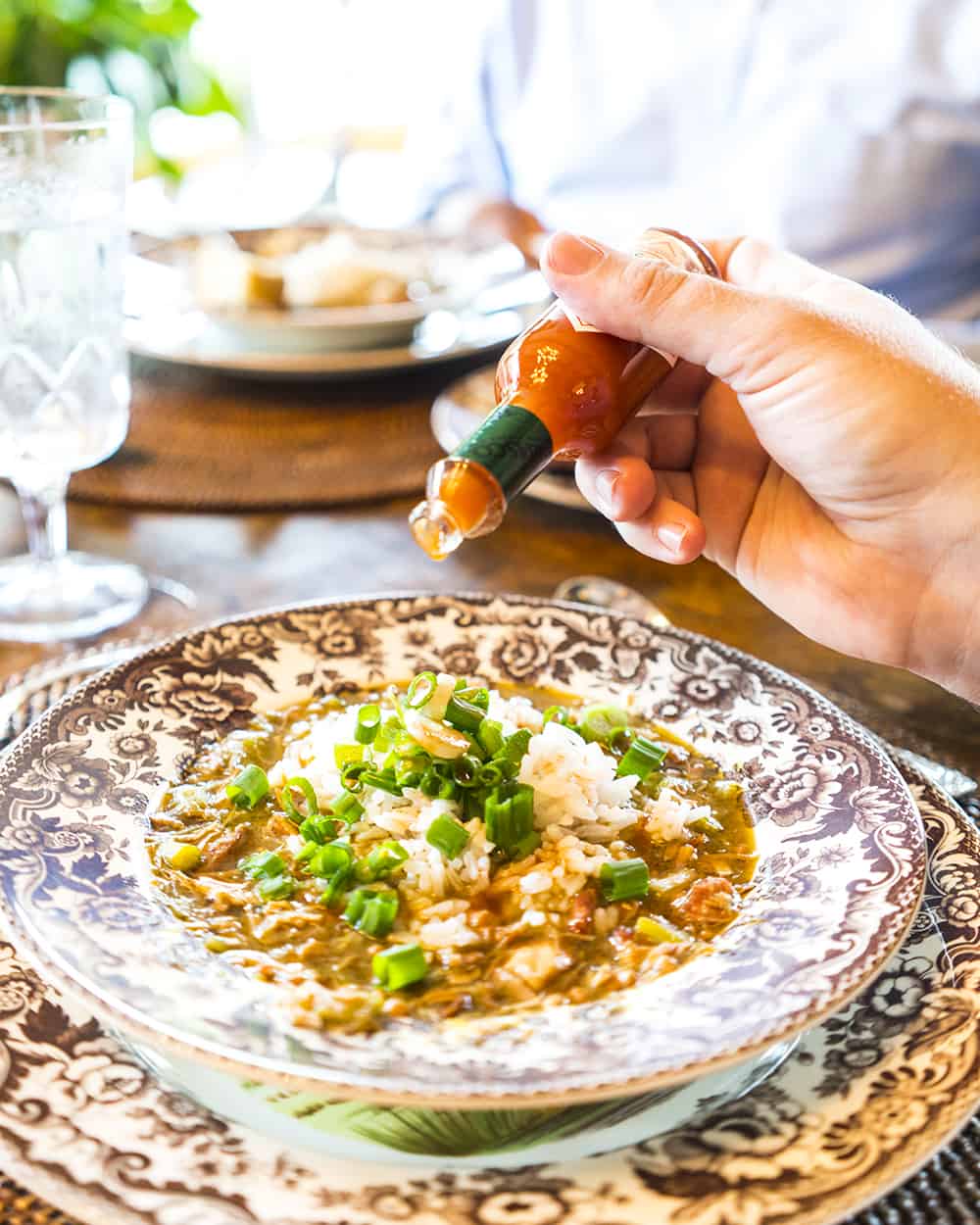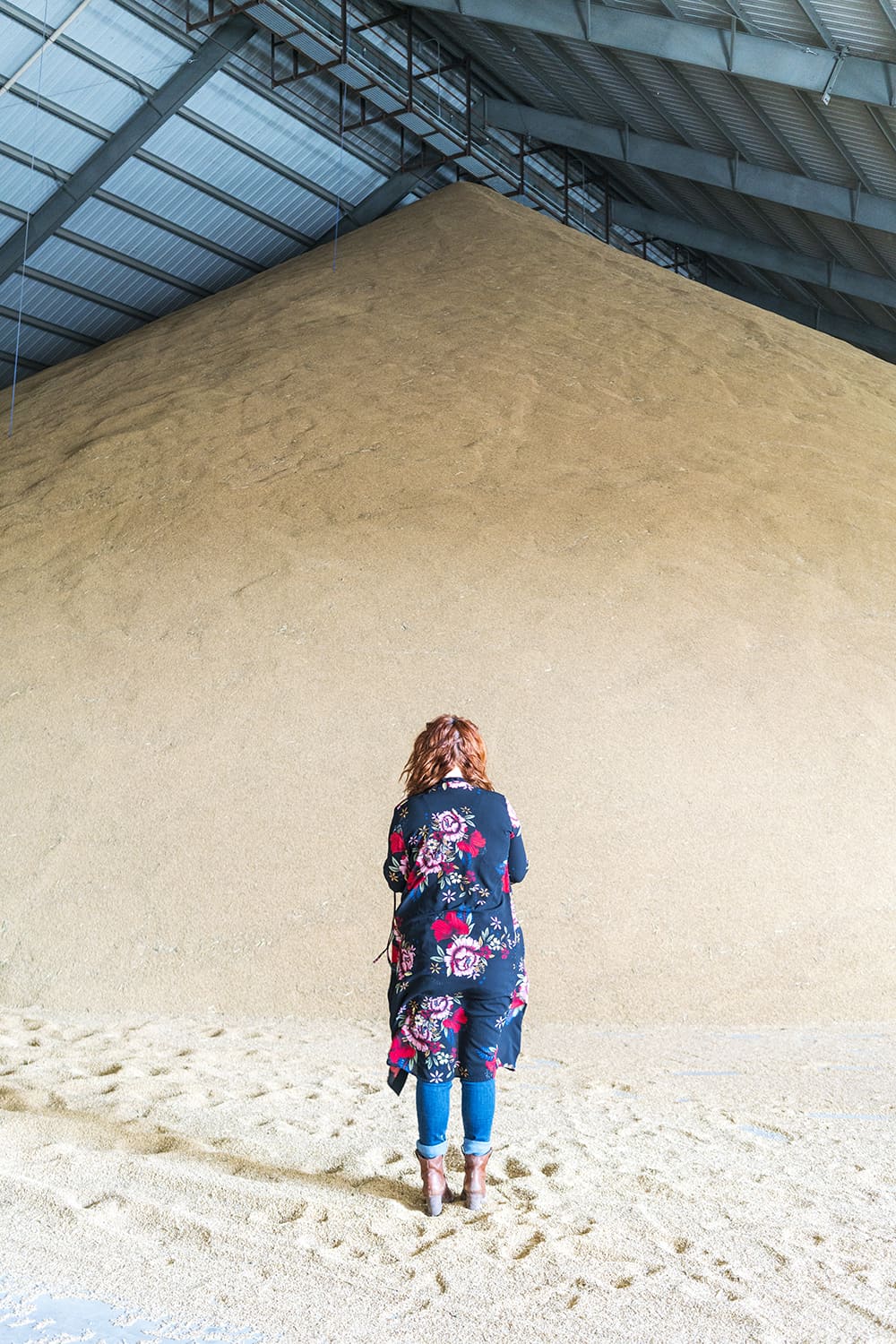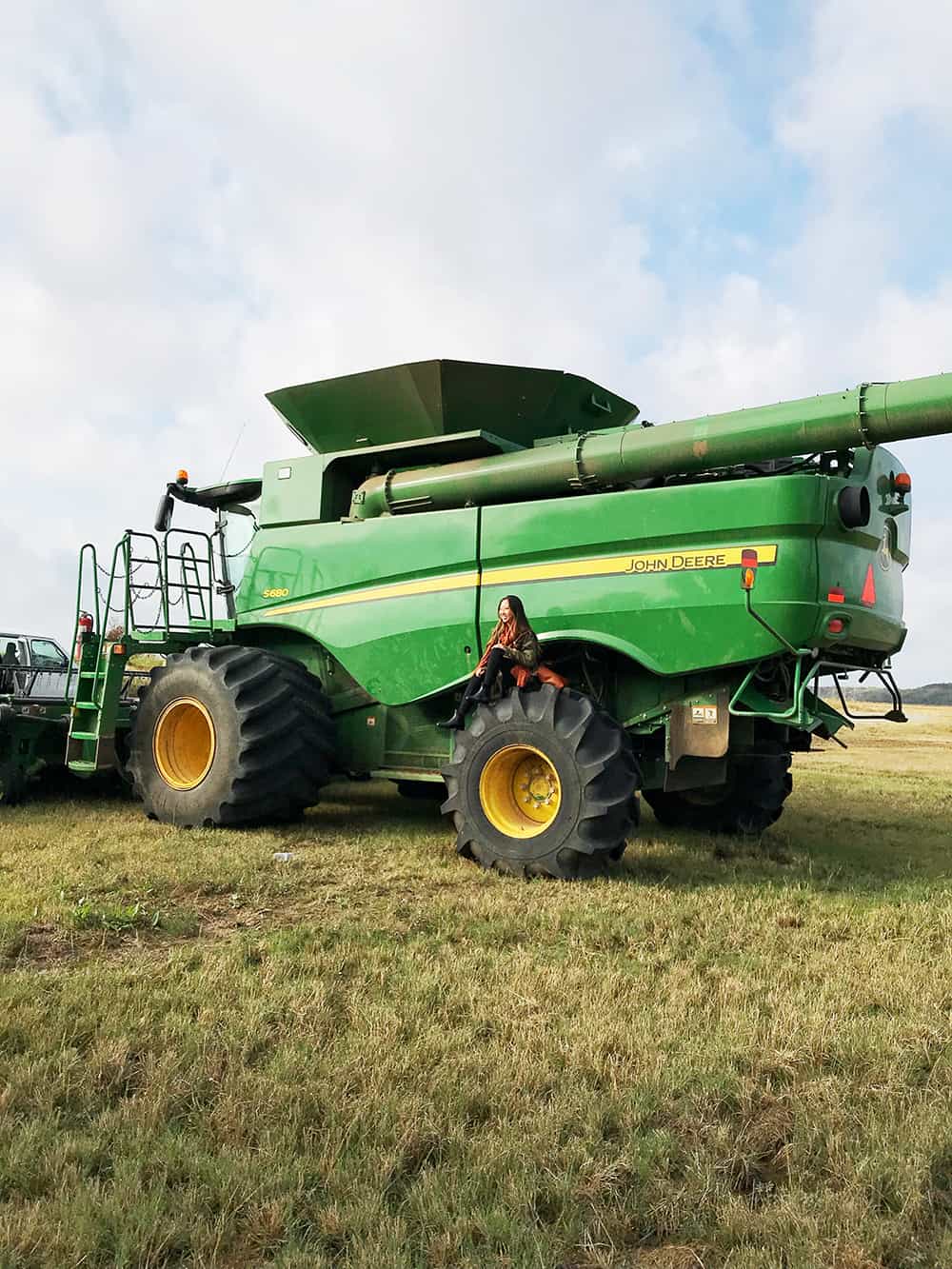
Growing up, my mom always nagged me to finish every single grain of rice on my plate. “Do you know how hard that rice farmer had to work to grow that grain of rice?” she would say. I am guilty of not knowing how hard it truly is to grow rice until Kellogg’s invited me to go visit one of their local farmers they source from.
SEE ALSO: Healthy Zuppa Toscana Soup
After learning the process from seed to cereal, rice farming is a labor of love.
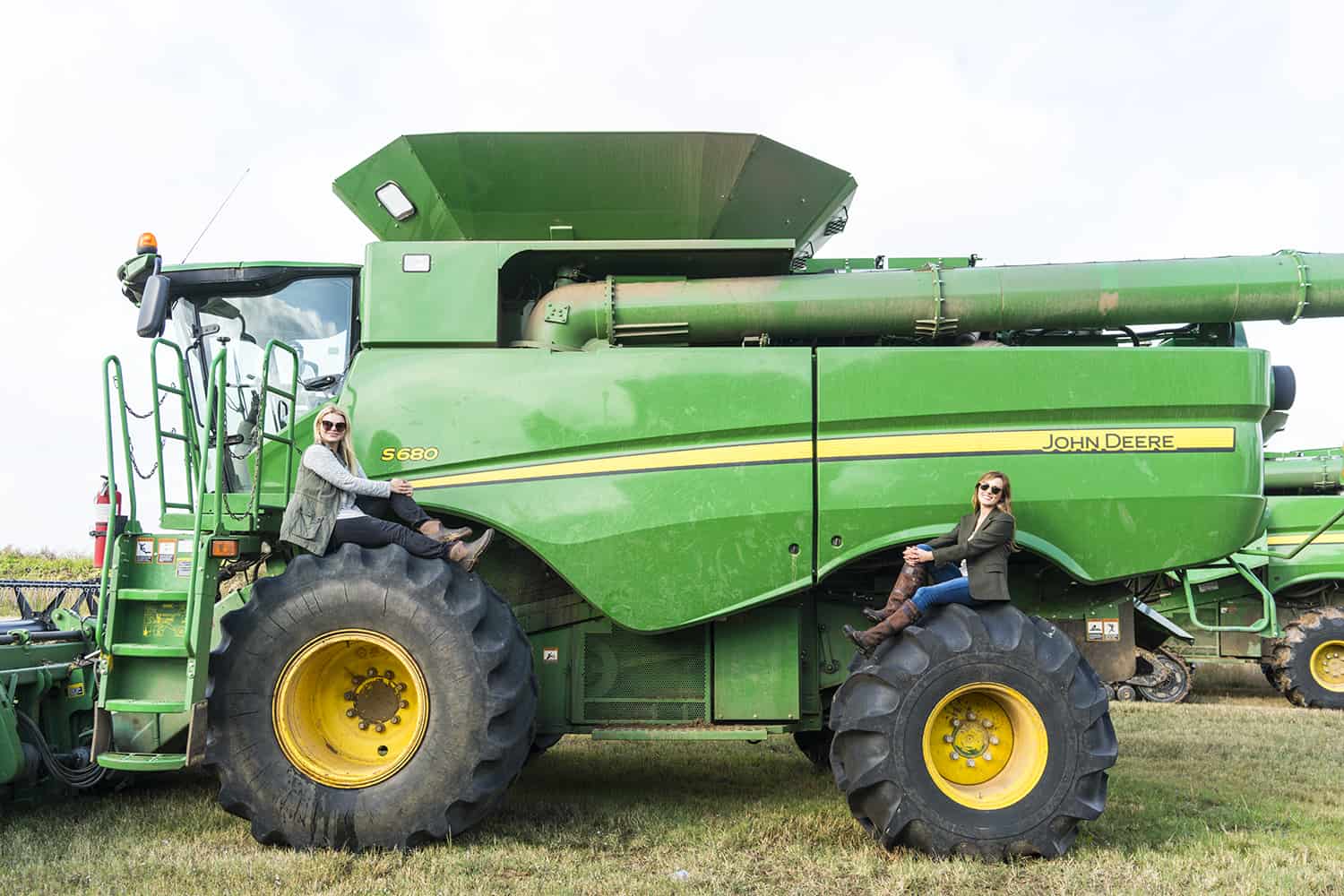
Table of Contents
RICE IS GROWN IN THE U.S.
The biggest misconception of rice is that it’s all grown in Asia. Rice is actually grown right here in the U.S. and might be growing in the state you live in! Kellogg’s flew me to go visit Kennedy Rice – one of the local farm operations they source rice from. Kennedy Rice is a family-owned enterprise that is led by female farmers. That’s Meryl Kennedy sitting on the combine to the right in the photo above! The family has been in the rice business for 50+ years.
THERE ARE DIFFERENT KINDS OF RICE
The Kennedy Family grows 8,000 to 10,000 acres of rice each year – both long-grain and medium-grain rice. About 10-25% of “medium-grain Jupiter” rice is used for products like Rice Krispies® and Special K®. Kennedy Rice also sources rice from other farmers in the local area to mill for Kellogg’s cereals. All this rice was milled at Kennedy Rice Mill for Rice Krispies and Special K.
RICE FARMING IS LABOR-INTENSIVE
Rice is one of the most labor-intensive crops that is grown because of the water usage. Rice plants take around 120 days to grow from seeds to mature plants. Farmers then have to flood the rice fields because rice has better growth and produces higher yields when grown in flooded soils. Kennedy Rice cycles their water and uses advanced techniques to ensure water is used responsibly.
FUTURE OF RICE FARMING IS SUSTAINABILITY
As part of Kellogg’s commitment to sustainable agriculture, the company is committed to helping improve the livelihoods of farming families and communities who grow their ingredients. From my visit to Kennedy Rice, I saw Kellogg’s working closely with their local farmers to support them in increasing productivity and resiliency through climate-smart agriculture practices. This means farmers can grow more while using fewer natural resources. Over the past 20 years, U.S. rice farmers have reduced land, water, and energy use, all while continuing to provide millions of acres for wildlife habitat.
The Kennedy family farm has become more efficient with John Deere combines because they harvest in less time using less fuel with the satellite system. Kennedy Rice has also built a water reservoir to flood the fields that doesn’t use any fuel and instead uses gravity to move the water to the fields.
BROWN RICE IS NOT A SEPARATE CROP
Brown rice isn’t grown separately from white rice, it’s actually the same grain of rice but with the outer husk intact. This husk contains the bran and germ, which has higher amounts of fiber, and vitamins and minerals. When they do use white rice, they don’t waste the husk either but use it as a nutrient-rich feed for animals.
Pictured above is the family meal we had with the Kennedy family – the homecooked gumbo with rice was delicious!
SEED TO CEREAL IS A LABOR OF LOVE
From each rice seed that is planted, harvested, milled, and then transformed into cereal, it’s a labor of love.
Kellogg’s seeks the very best ingredients and is working to ensure they are sustainably grown and responsibly sourced. Kellogg’s has made a commitment to responsibly source ten priority ingredients by 2020: corn, rice, wheat, potatoes, sugar cane, sugar beet, fruits, vanilla, cocoa, and palm oil.
Kellogg’s Open for Breakfast program highlights the importance in transparency in helping us understand what goes into our food, how Kellogg’s grows and sources ingredients, and what they’re doing to give back to the community. Visit OpenforBreakfast.com to learn and ask questions on Kellogg’s products, ingredients, and community impact.
This post is brought to you in collaboration with Kellogg’s. Thank you for supporting the brands that support A Taste of Koko!

